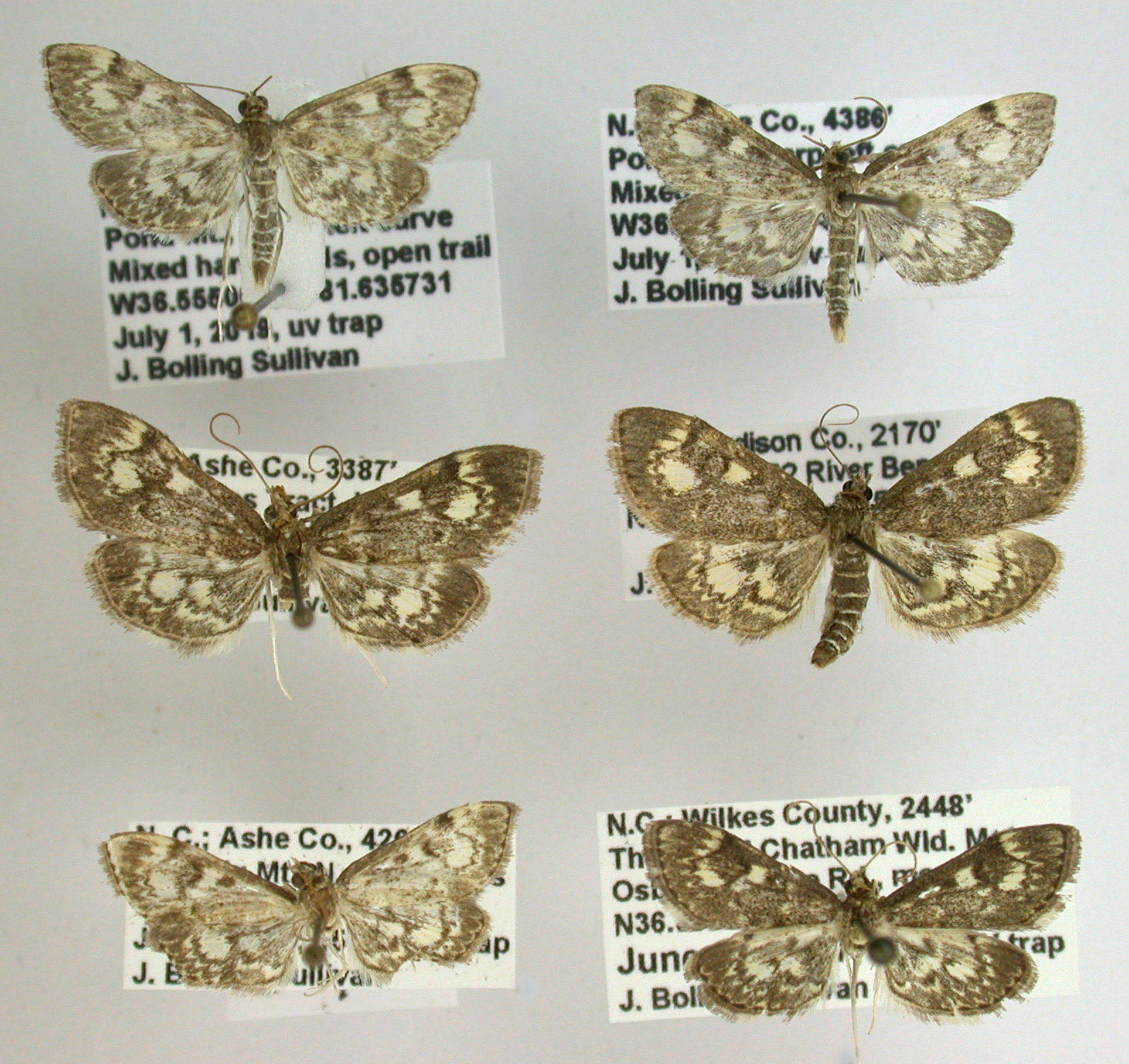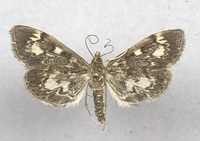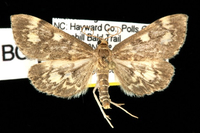« |
Home |  » » |
| View PDF | Crambidae Members: | Anania Members: | 11 NC Records |
|---|
Anania plectilis (Grote & Robinson, 1867) - No Common Name |
 |  view caption |  |  |
Photo Gallery for Anania plectilis - None | Photos: 6 |
| Moths of North Carolina |
« |
Home |  » » |
| View PDF | Crambidae Members: | Anania Members: | 11 NC Records |
|---|
Anania plectilis (Grote & Robinson, 1867) - No Common Name |
 |  view caption |  |  |
Photo Gallery for Anania plectilis - None | Photos: 6 |